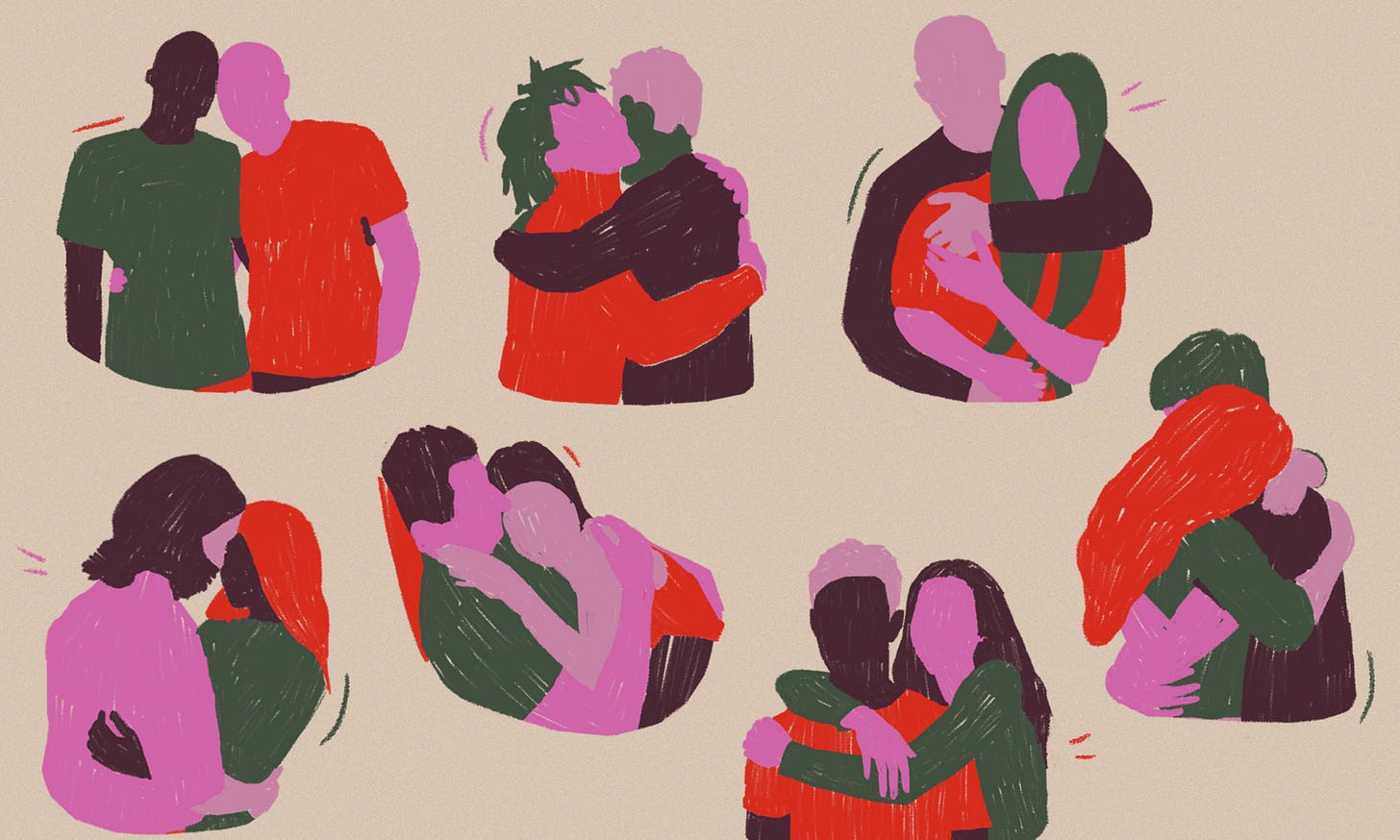Sometimes I find that too much data takes the joy out of things.
When you run a start-up, you’re told to experiment constantly and then look at the data and make changes. On paper this makes complete sense, just try stuff, see what sticks and change what doesn’t.
Here’s where it gets hard. Everything turns into metrics and data to be analysed (and obsessed over).
I post on substack. I keep refreshing to see how many people opened the email, how many people read it, how many people liked and commented.
I’m not chill at all.
I wish I was.
I don’t think it’s limited to writing. The idea of KPIs and quantitative data seems to have pervaded most industries. In the “impact space” (whatever that means) and especially in funding impact, the norm is— if you can’t measure it, it isn’t important.
How do we measure the un-measurable?
I firmly believe that quantitative data doesn’t show the full picture. I’m tired of number as being seen as “real” and everything else as fluff.
How do you measure a hug?
Perhaps, how long the hug was in seconds? How much oxytocin was realised?
But it doesn’t tell the full story. The human experience cannot be reduced to a spreadsheet.
Enter: warm data
Warm data is Nora Bateson’s concept, first used in 2012. The idea is that data usually gives us information about individual units in a system and not the relationships between those elements.
Her mission was to help everyone see the interconnectivity and complexity of the world we live in.
Bateson notes,
There will be those who wish to divide the world into parts and control the emerging changes of our times, and those who see the interrelational complexity that defies linear causation
It’s important to note that Nora Bateson didn’t invent this idea.
Buddhism argues that there is no self but rather we are reflection of the ever changing world around us. Inuit communities have viewed humans as an integrated part of the environment and greater universe for thousands of years. The list goes on.
I think of warm data as a bridge between our numbers obsessed western world and the unseen connections between us.
Bateson notes that we don’t have a word, at least in English, to describe the information about the interdependency and complexity of a system. A word for data that that is placed IN its context rather than extracted from its context. The idea is not replace our existing methods of measuring data but rather to compliment them.
This youtube video is an excellent summary if you want more.
So how do we measure a hug using warm data?
We could look at the relationship between the two people hugging, are they friends? partners? family members?
We could look at the setting in which the hug takes place, is it a public space? a home? a workplace?
We could look at the culture in which the hug took place. Is it France where hugs tend to be seen as more informal/familial than la bise? (cheek kiss?) Or is it the UK, where hugs are a normal way to meet new acquaintances?
What was the nature of the hug? A Christian side hug? a long embrace? an awkward pat?
Suddenly we have a more complete picture, a story that numbers could never tell.
Conclusion
‘Warm data’ is a really good starting place. I think a lot of us reach for “warm data” naturally, even if we don’t label it as such.
When I measure network health, I don’t just look at how many people attend events or how often the group chat is used. I look at things like the quality of the relationships, trust levels, how disagreement is handled, what types of people regularly participate.
There’s still work to do though. I think warm data risks being one those things that we say, yeah that makes total sense but then it’s hard to employ in real life. The academic in me asks: What are the methods? What are the parameters? How do you present warm data?
…but then again, maybe that’s the internalised part of me that yearns for things to be “scientific” in order for them to be taken seriously. What do you think? Are you using warm data already? Is the concept useful? What cultural shifts are required for warm data to be viewed as of equal value to statistics?
My invitation: whether or not you employ the concept of warm data. Remember that numbers don’t tell the whole story, and that there’s joy to be found outside the spreadsheets ✨







🫂🫶🙌